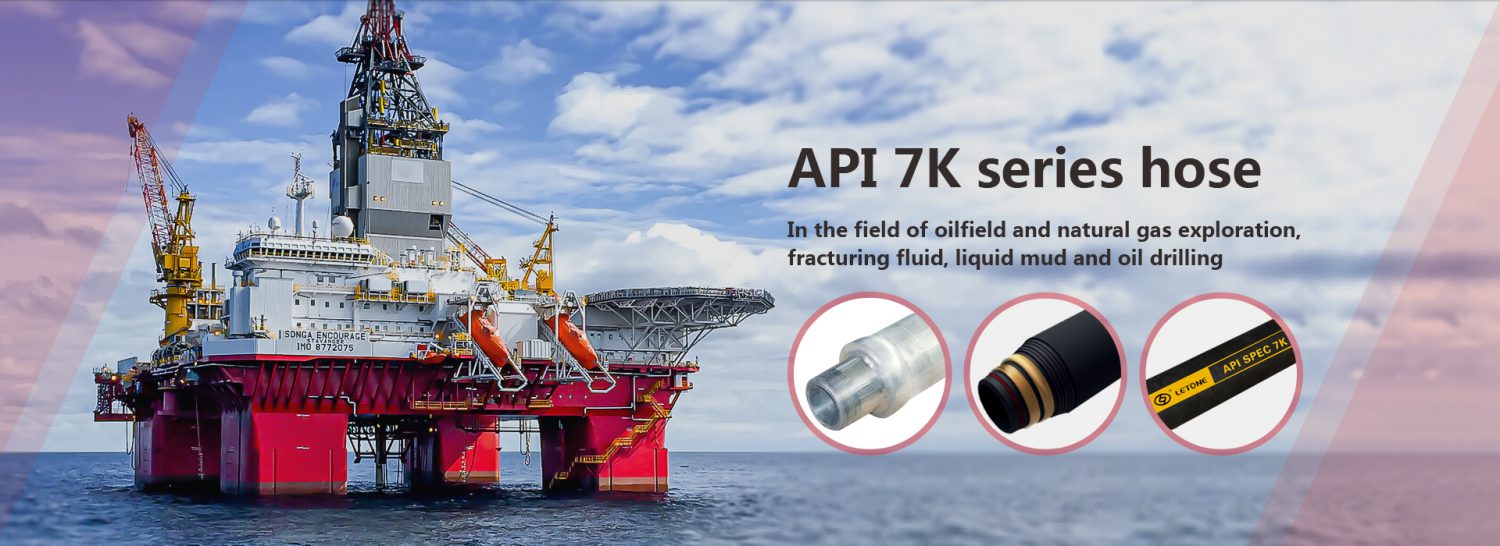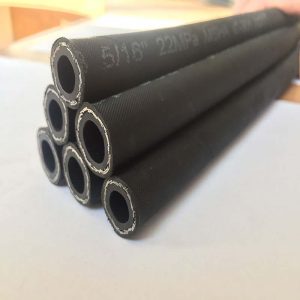Generally speaking, the rubber used for conveying oil is called oil pipe, and those rubber pipes with oil resistance and oil resistance are called oil-resistant rubber pipes. What we’re talking about today is how to choose an oil resistant hose: What suits you is the best. The choice of oil resistant hose can not blindly pursue excellent function. You should choose the hose that suits your needs, otherwise you will not be able to make full use of the hose, which may also lead to wasted resources. The first thing to check is the temperature of the working environment. …


